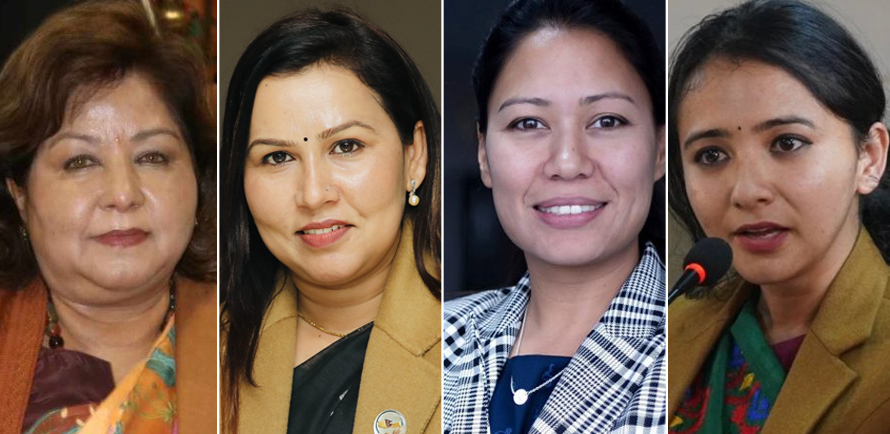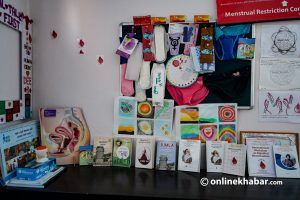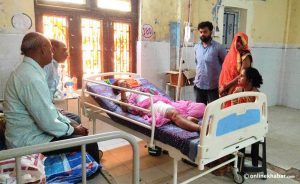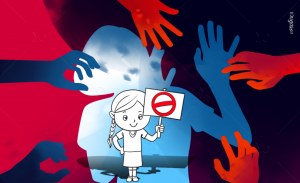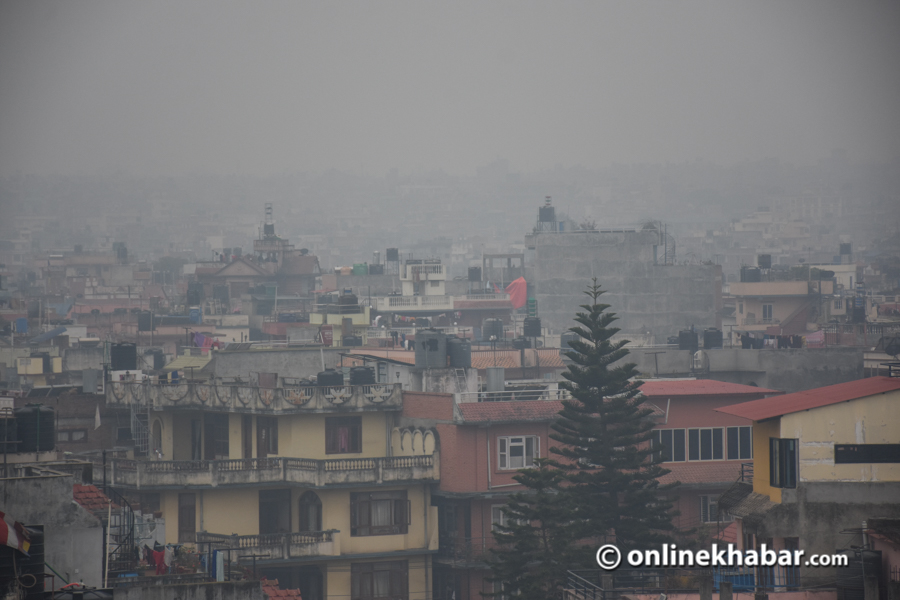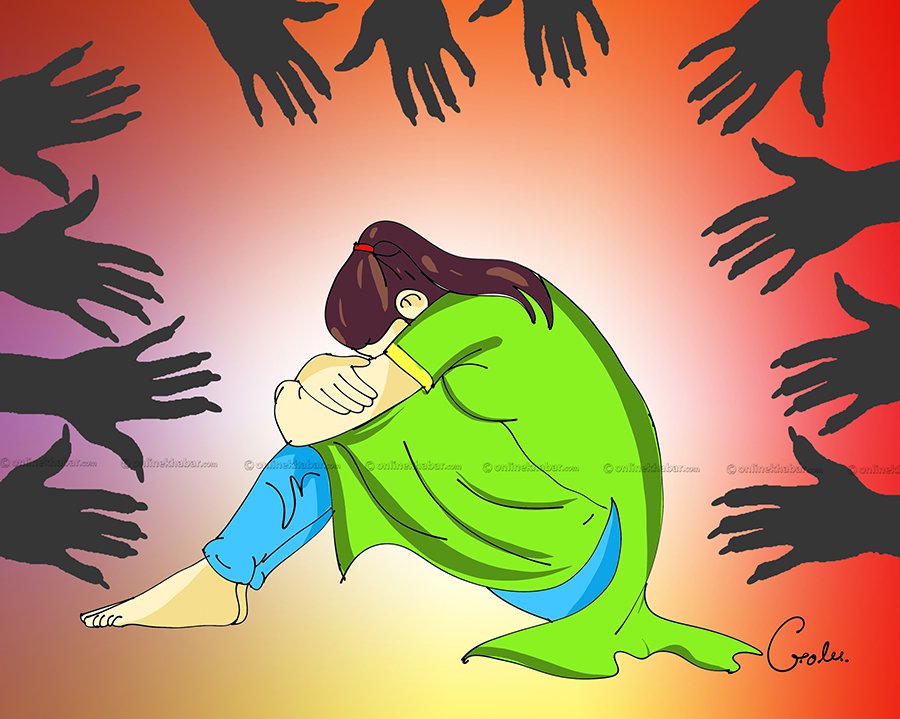
The female population covers more than half the world. However, they are also subject to different issues regarding gender inequality and gender biases. From physical trauma to mental abuse, and from the biased opinion to the gender-specific expectations they have to fulfil takes a toll on them, directly and indirectly. This is also not a problem of a specific country, the world has been privy to many such biases against a specific gender. But countries across the world have also come forward and joined hands to speak against these unfair judgements. A key campaign for this is the 16 days of activism against gender-based violence.
The 16 days of activism against gender-based violence is a global campaign that is observed and celebrated from November 25 to December 10. It has been running actively since 2011 annually organising an array of campaigns to raise awareness, galvanise action, and advocate for the prevention as well as the elimination of violence against women and girls.
As the countries celebrate it yearly, the question remains if it is a successful campaign. Even though there are questions regarding the campaign, stakeholders say the campaign can be called a success.
A way forward

“In these 12 years, we have been able to discuss the issues of gender violence more openly. There is more awareness, more sensitivity, there is an acknowledgement that one gender should not be targeted or victimised, and they should come out and speak or report about it,” says Tek Tamata, programme analyst-justice, rule of law and human rights at UNDP.
Like everywhere in the world, the campaign against gender-based violence in Nepal has been ongoing since 2011. It has had its challenges but like Tamata, Mamta Bista, the gender-based violence elimination section chief of the Ministry of Women, Children and Senior Citizens, also says the campaign has been important in Nepal.
“The campaign has been successful for sure, in its way. Bringing attention to the silent suffering of women from abuse has been particularly significant,” says Bista.
However, she says that due to the construction of Nepali society, there are numerous biased opinions, judgments, uninformed conversations, and dismissive behaviours about the campaign.
Tamata also acknowledges that the campaign has led to a gradual increase in women’s empowerment and participation. Nevertheless, achieving this progress has not been easy, as women have encountered numerous hurdles along the way.
“In the grand landscape of the campaign, we have seen minimal changes, with persistent concerns on the ground,” he says.
When discussing patterns of gender-based violence, he adds, that harmful practices are rooted in old traditions and patriarchal systems persist.
“Our goal is to achieve meaningful representation in the future, but this remains a challenge due to inadequate responsiveness and resources. To address these challenges, we are implementing higher standards of action, including a commitment to allocate around 30 per cent more capacity and resources,” says Tamata.
Where is Nepal?

Globally, an estimated 736 million women—almost one in three—have been subjected to physical and/or sexual intimate partner violence, non-partner sexual violence, or both at least once in their lives (30 per cent of women aged 15 and older).
In Nepal, the reported rate of violence against women is similar. However, there is speculation that a significant number of cases remain hidden. Except during the Covid pandemic, there seems to be a general decline in the number of cases being reported significantly over the years.
According to the reports from Nepal Police, the females from the 11-16 age group remain the highest number of survivors among girls whereas the males of the 19-25 age group remain the highest number of offenders in the sexual violence cases over the years. In these cases, more than 80 per cent of the offenders were those that the survivors knew before, and the trend seems to continue.
The collective report by the police, however, is not clear on the gravity of the cases or in their analysis. Officials do share that cases have been coming out more, but the correlation to the 16-day activism could not be drawn directly as there might be more factors in play too.
Bista points out a gap in how people perceive the issue of GBV and its implications, facing more obstacles both inside and outside Kathmandu.
Before federalism, various projects had budgets that were directly allocated from the ministry to all districts. However, post-federalism, local levels have their budget and programmes to manage. While not every municipality has used the budget, there have been instances of many good practices.
Bista explains the challenges lie in ensuring government accountability with a dedicated bench for addressing issues. Despite the federal system in place, centralisation in addressing concerning bodies remains a persistent issue. The overarching message emphasises societal responsibility and accountability, aiming to shift behavioural attitudes, although progress in this area could be faster.
Speaking out on the issues women face remains difficult, particularly in taking domestic issues into the public sphere. According to the police data, however, the highest number of cases reported is still domestic violence.
However, experts say, emerging challenges like cybercrimes have begun to gain attention. There are growing cases of teenage romances turning into elopement and child marriage and the emerging challenge of cybercrime including extortion, blackmailing and mental trauma as well as other new forms of violence including deepfake is a concern.
In these 12 years, Nepal has constructed many safehouses and One-stop Crisis Management Centres (OCMCs) for survivors of gender-based violence to access rescue, rehabilitation, and justice without further exploitation, set up women and child welfare helplines, created the President’s Woman Upliftment Programme, there are trained and enrolled counsellors and the country has developed policies or legal implications.
The ministry is currently working with a grant from the Asian Development Bank and working on projects to raise awareness against GBV in Lumbini and Madhesh provinces.
What next?
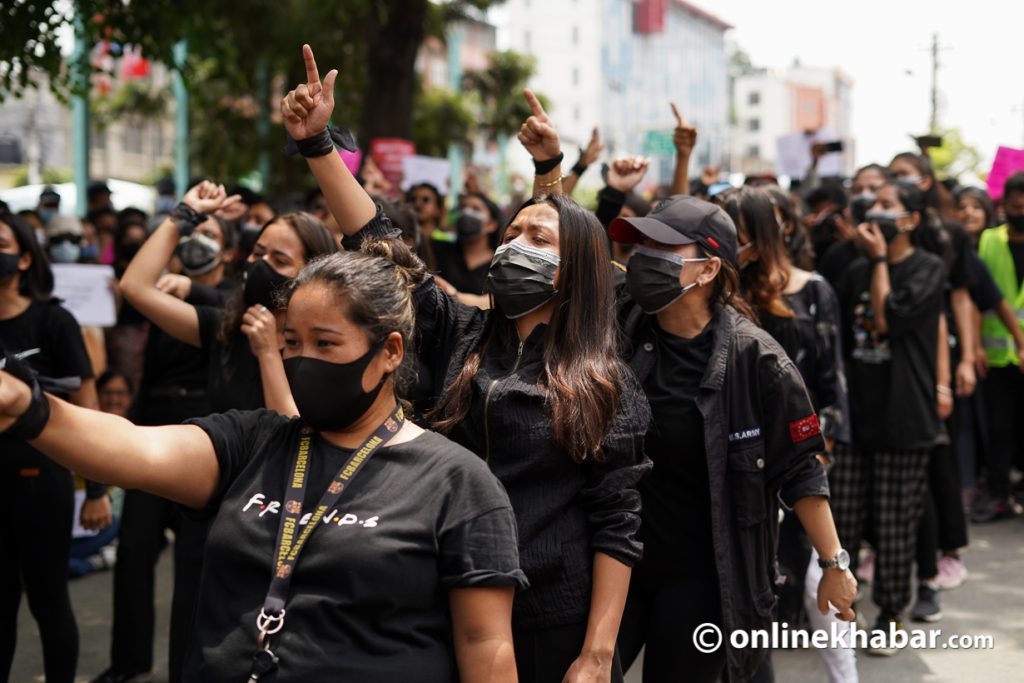
On the occasion of the 16-day campaign against gender-based violence in 2023, the United Nations has said that there is a need for sustainable investment and the latest strategies to prevent gender-based violence in Nepal. The United Nations has pointed out that gender-based violence is a violation of human rights and requires sustained investment to prevent it.
The campaign involves multiple investment projects engaging stakeholders across various levels.
“Despite these efforts, the effectiveness of the campaign is hindered by the lack of substantial changes in attitudes and behaviours. There’s a need for a more integrated approach and establishing robust monitoring systems,” says Tamata.
The Nepal government’s involvement in the campaign faces resource constraints, hampering effective control and acceleration of efforts against gender-based violence. Learning from other countries, Nepal could benefit from stronger planning, actionable indicators, proper monitoring, and allocation of resources to tackle abuse, discrimination, and violence effectively, says Tamata.
Bista also agrees that inter-governmental coordination and collaboration are imperative to not just deal with the issues of the campaign against gender-based violence but also for holistic growth. This is an issue that should be related and prioritised by not just one institution or ministry but rather all of them should take responsibility and work together.
One of the primary focuses this year remains the alignment between governmental laws and public implementation, involving civil society organisations (CSOs) and constitutional bodies.
Nepal needs to learn about developing strong departmental access and conducting regular surveys to understand marginalised perspectives and gender dynamics every six months. Priorities include emphasising justice, behavioural change, proactive community mobilisation, and altering societal narratives if they want to change the scenario around gender-based violence.
Regarding SDGs related to gender equality and issues, Tamata says, Nepal’s progress can be expedited by formulating practical action plans with significant indicators, focusing on marginalised groups like Persons with Disabilities (PWD) and enhancing female representation in leadership roles.
In the ideal scenario, only the end of the campaign will ensure the world free of gender-based violence. However, the global tracking indicators from SDGs say that it will take at least a century of work and effort to just end gender inequality, at this rate.






